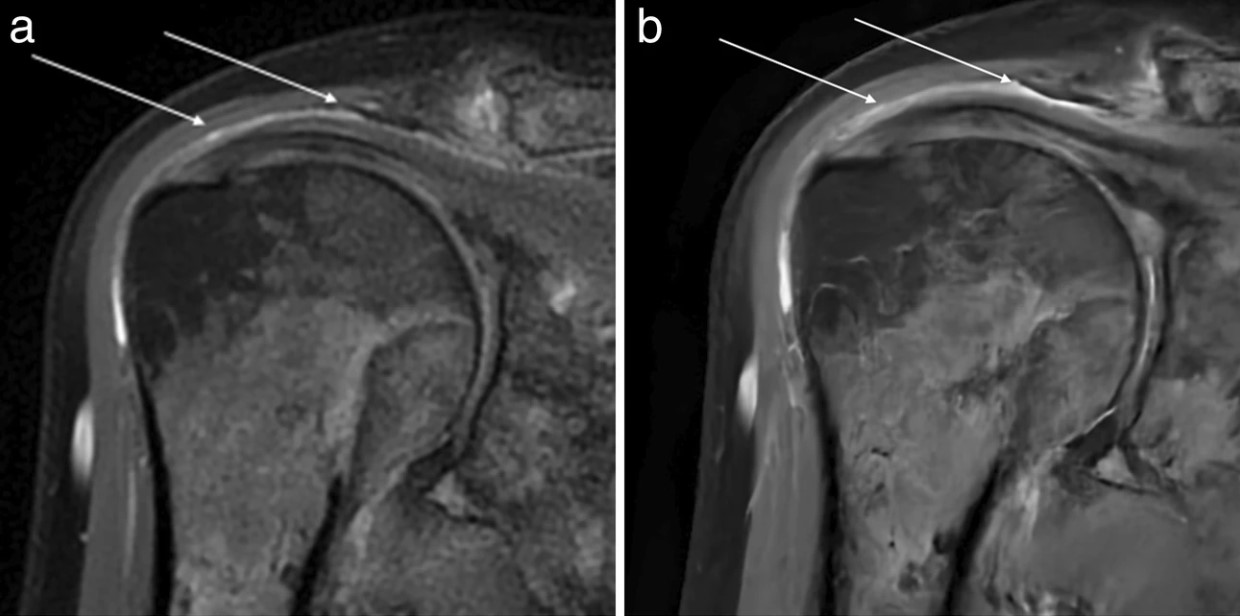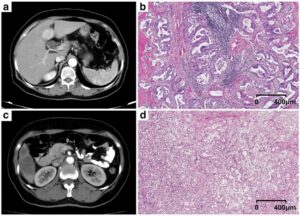In this study, the image quality and diagnostic performance of conventional motion-corrected periodically rotated overlapping parallel line with enhanced reconstruction (PROPELLER) MRI sequences was compared with post-processed PROPELLER MRI sequences using deep learning (DL)-based reconstructions. The authors found that the accelerated PROPELLER sequences with DL post-processing showed superior image quality and higher diagnostic confidence when compared to conventional PROPELLER sequences.
Key points
- MRI of the shoulder requires long scan times and can be hampered by motion artifacts.
- Deep learning–based convolutional neural networks are used to reduce image noise and scan time while maintaining optimal image quality. The radial k-space acquisition technique (PROPELLER) can reduce the scan time and has potential to reduce motion artifacts.
- DL sequences show a higher diagnostic confidence than conventional sequences and therefore are preferred for assessment of the subacromial bursa, while conventional and DL sequences show comparable performance in the evaluation of the shoulder joint.
Authors: Malwina Kaniewska, Eva Deininger-Czermak, Jonas M. Getzmann, Xinzeng Wang, Maelene Lohezic & Roman Guggenberger













